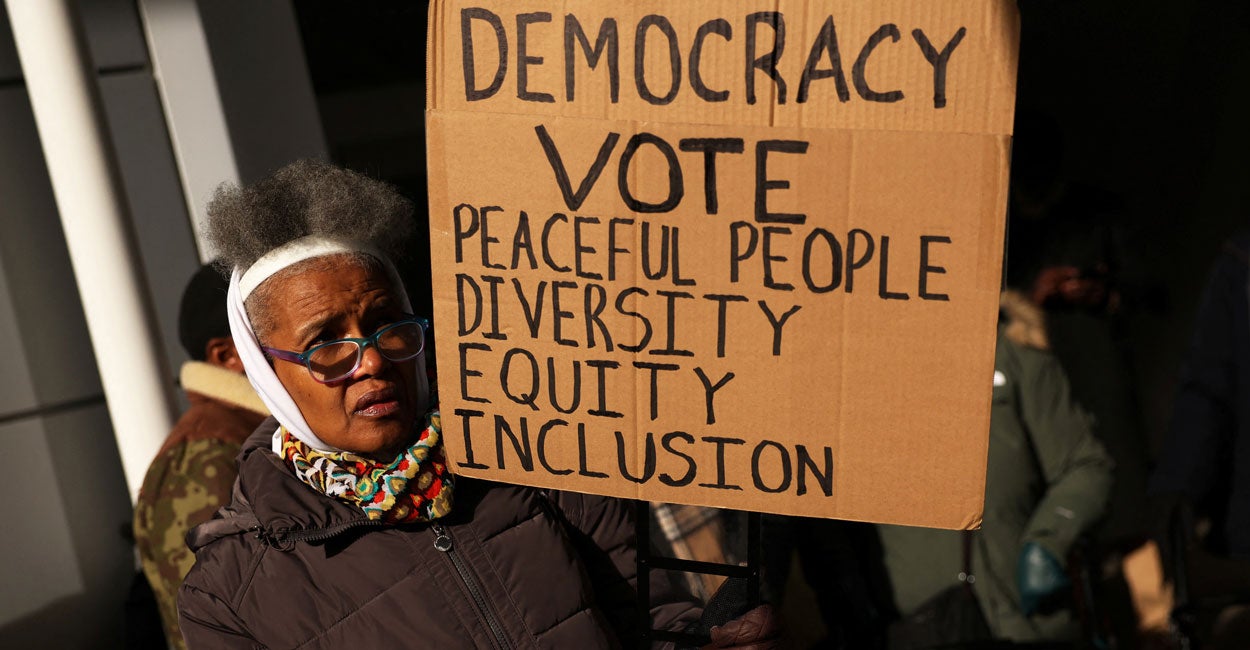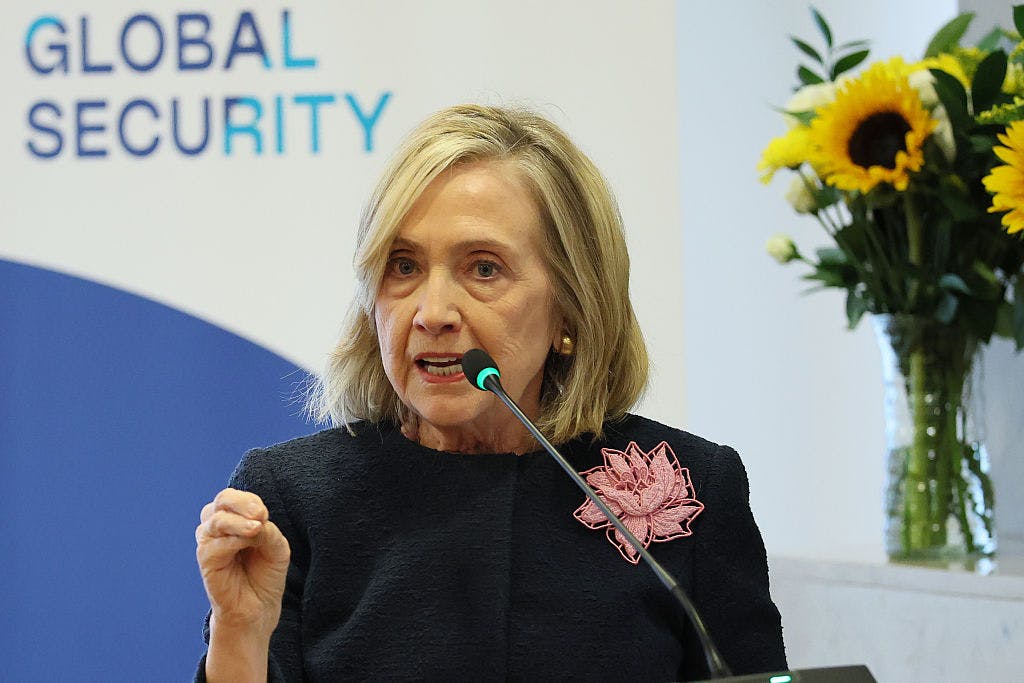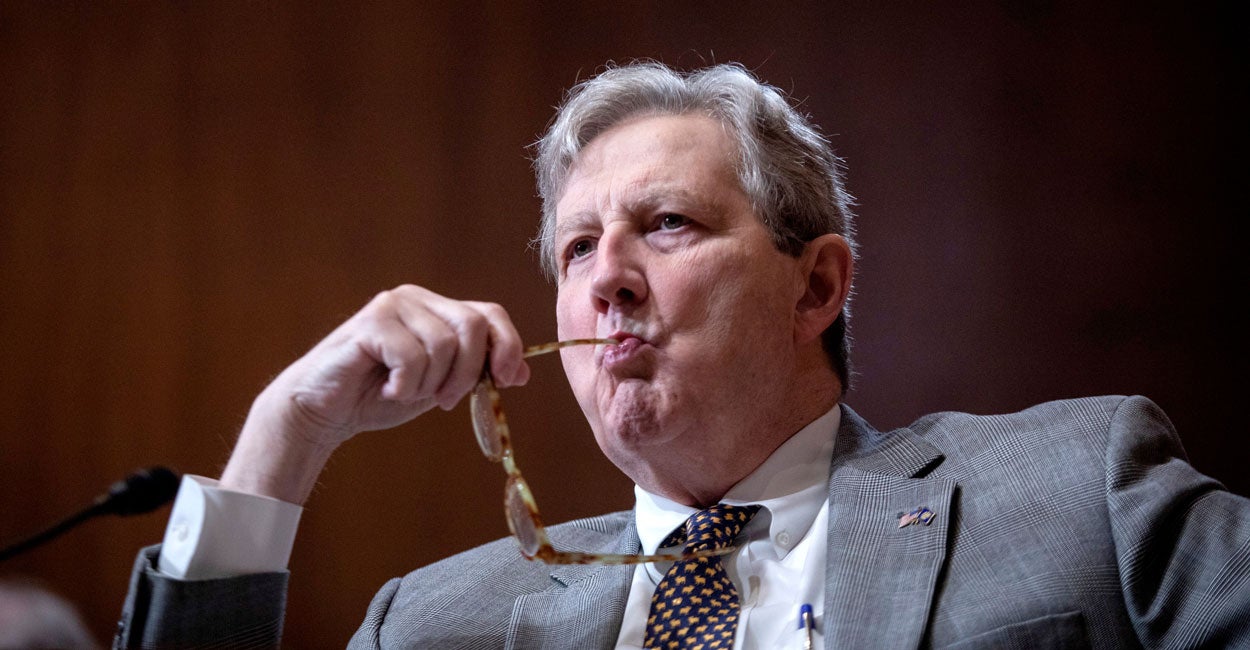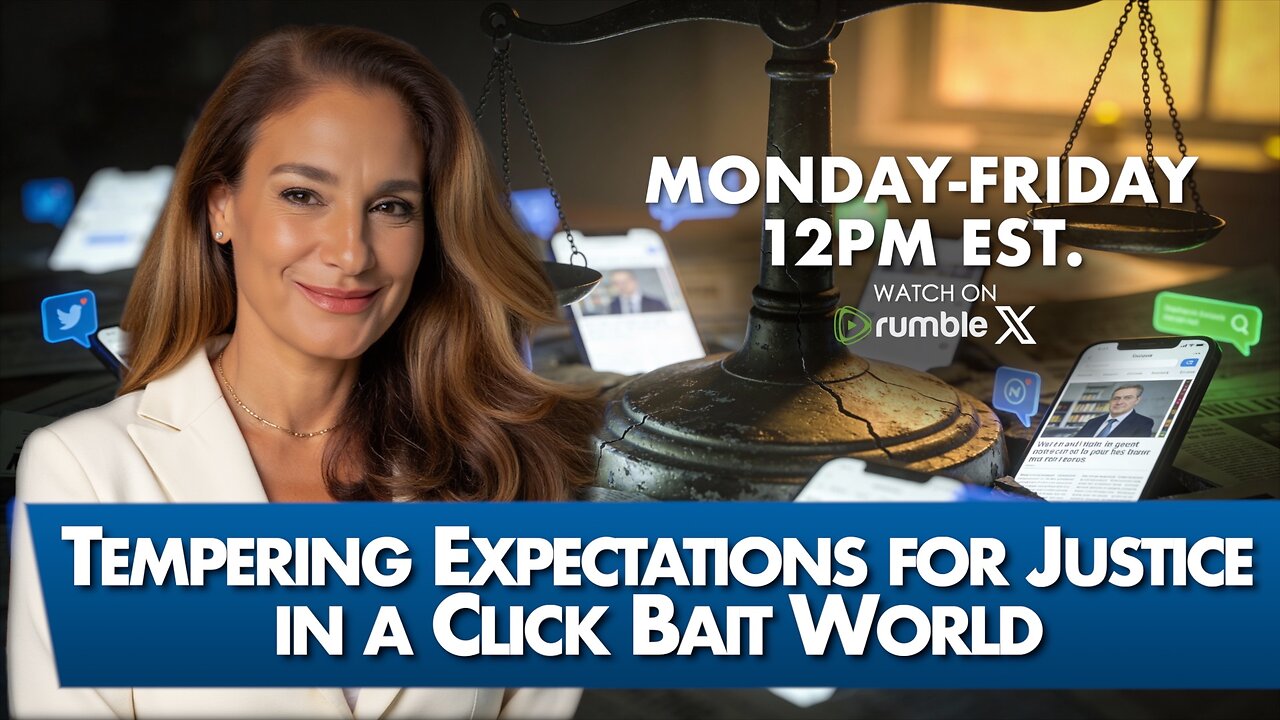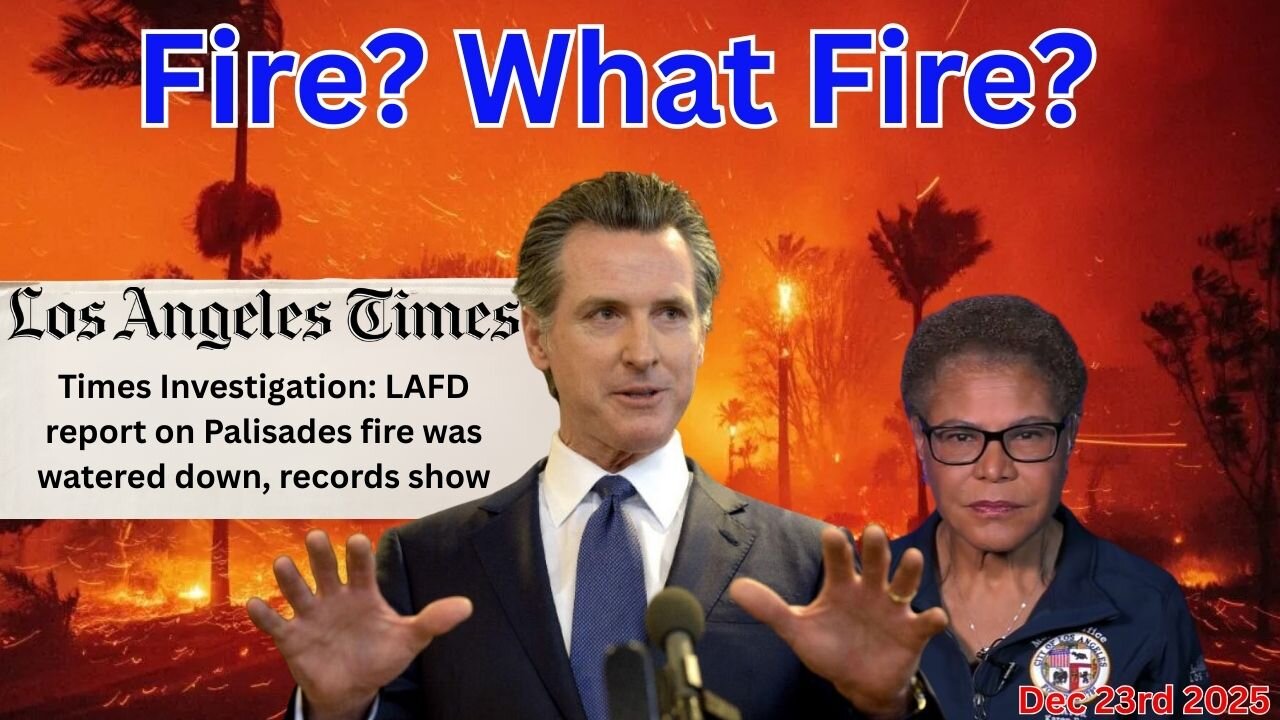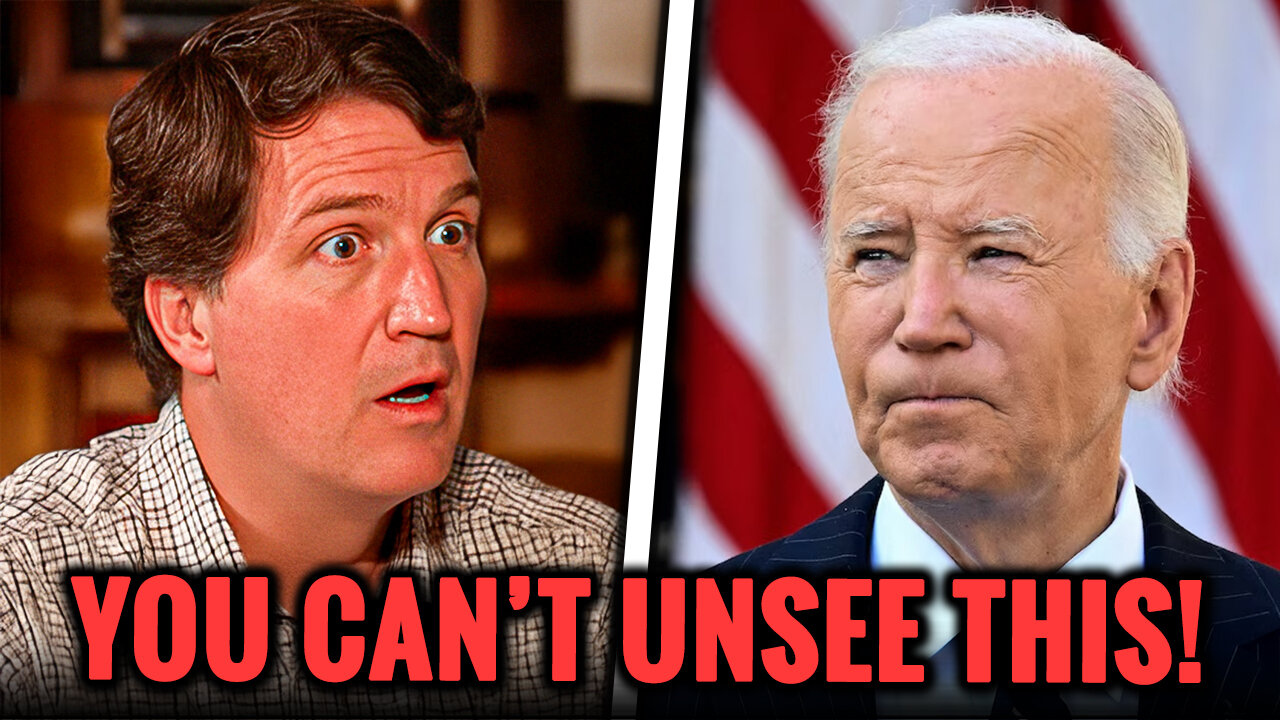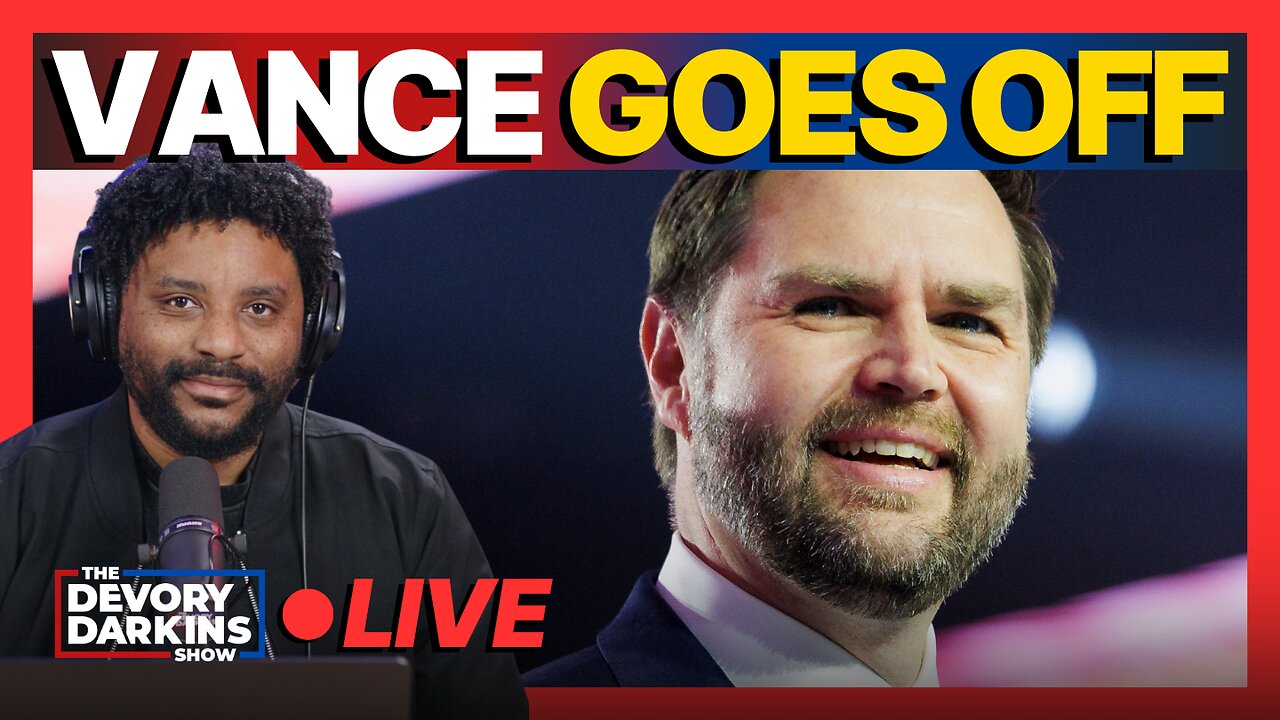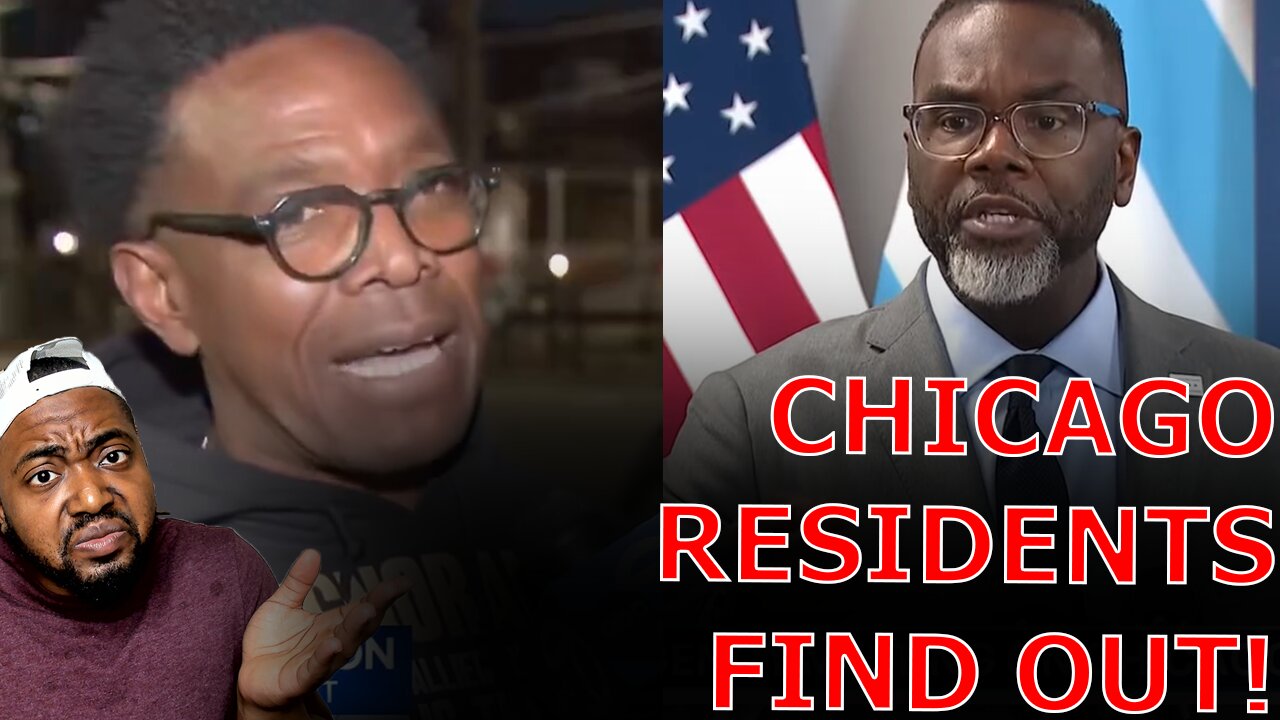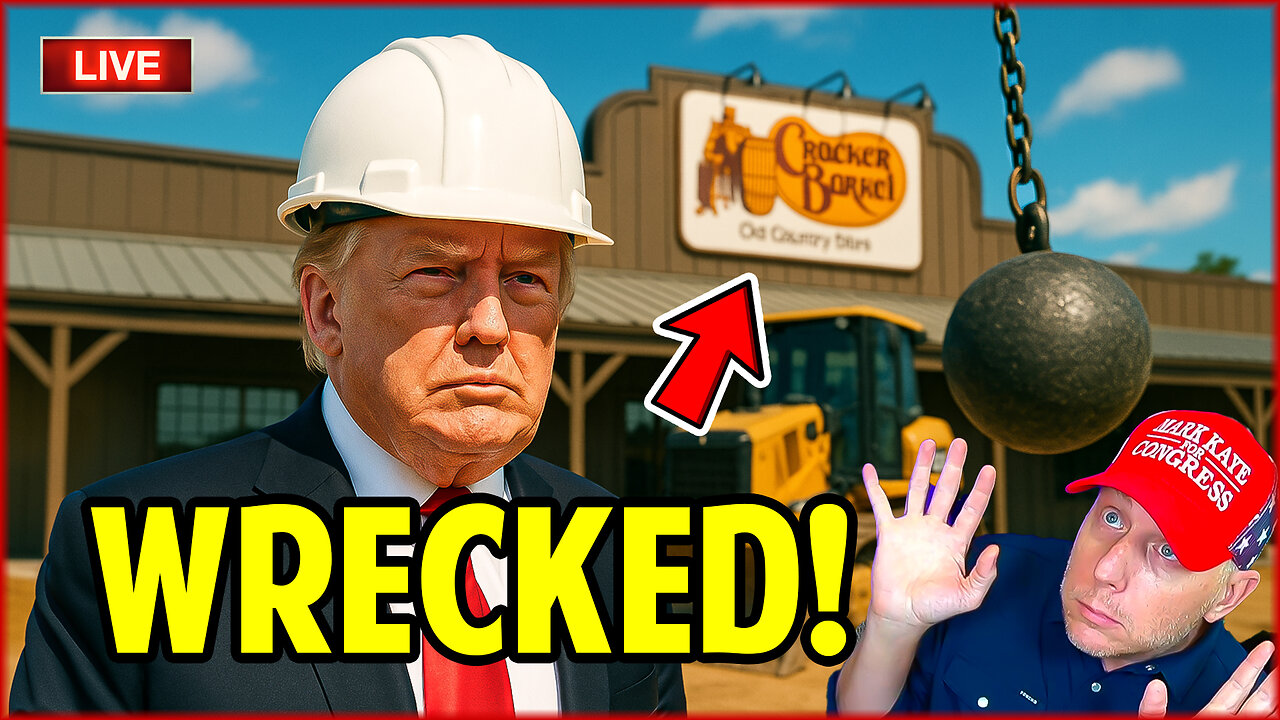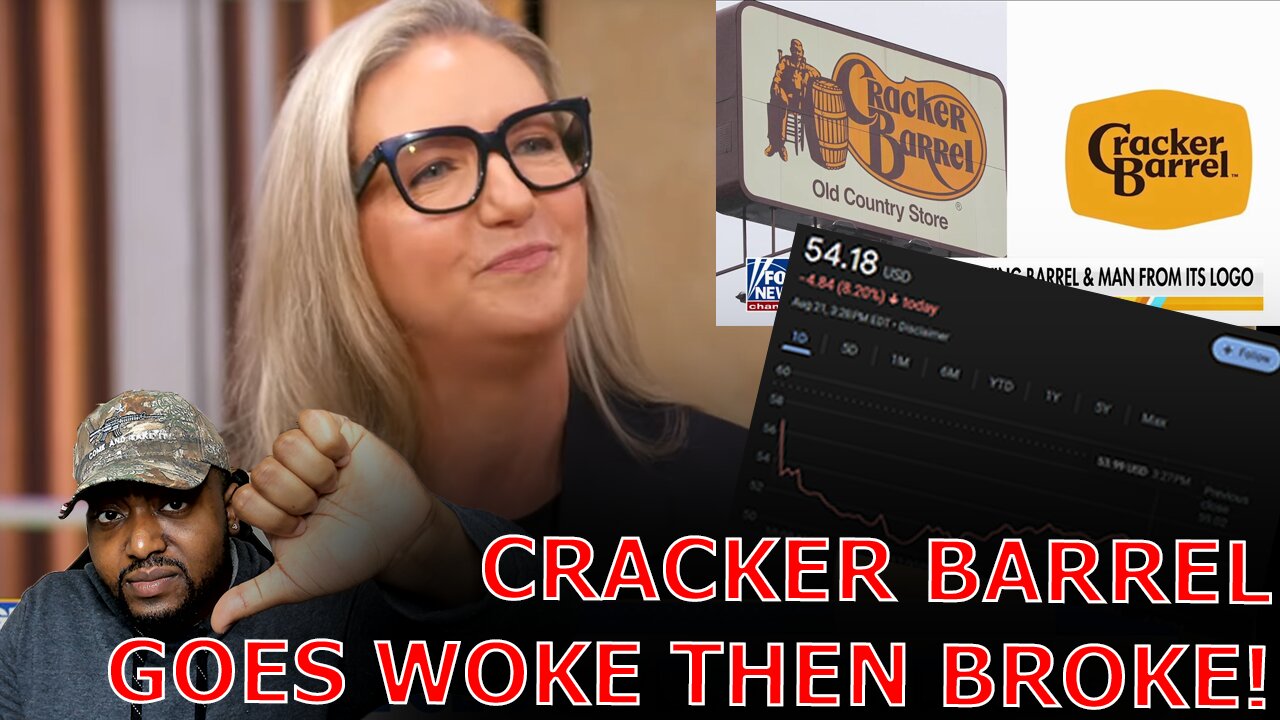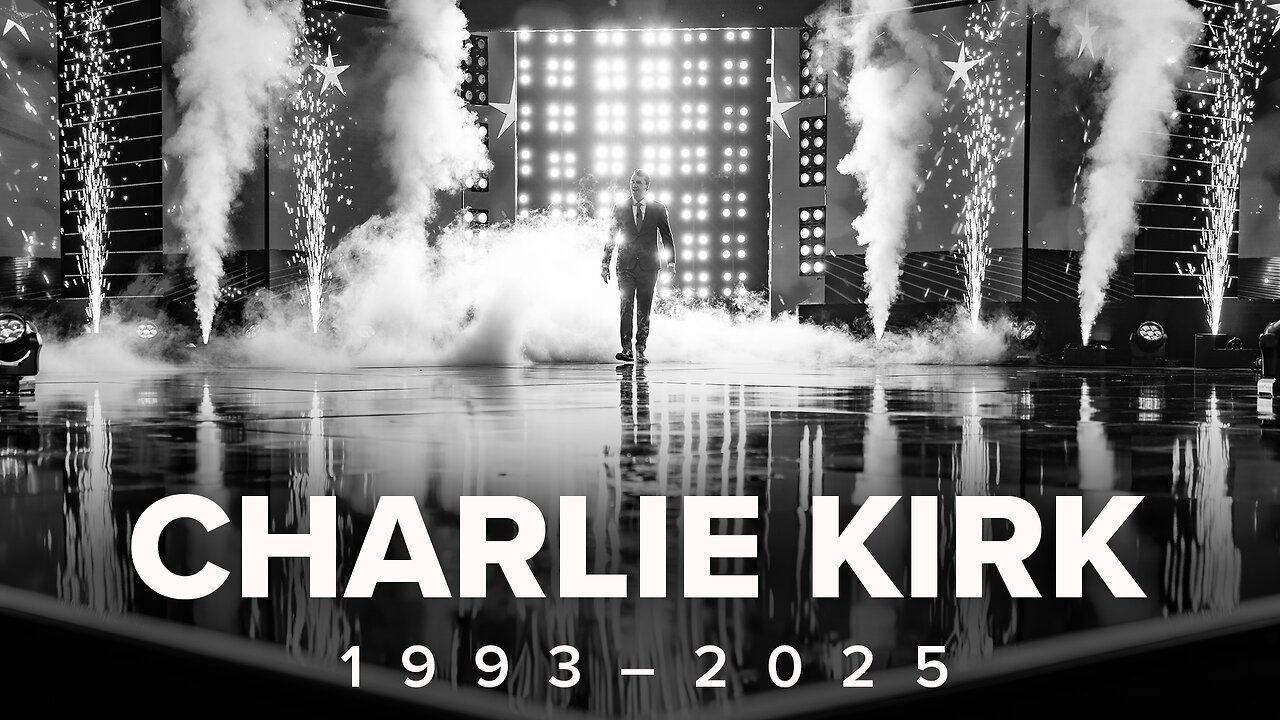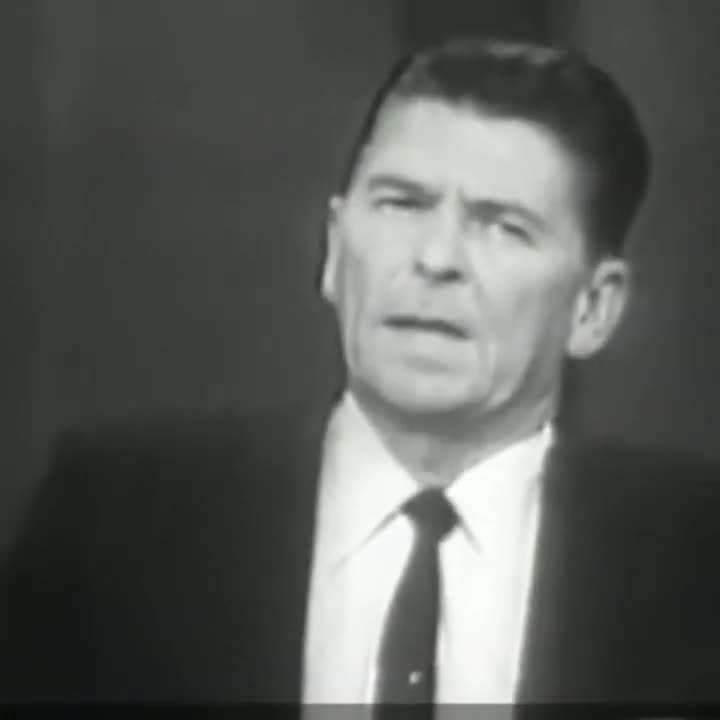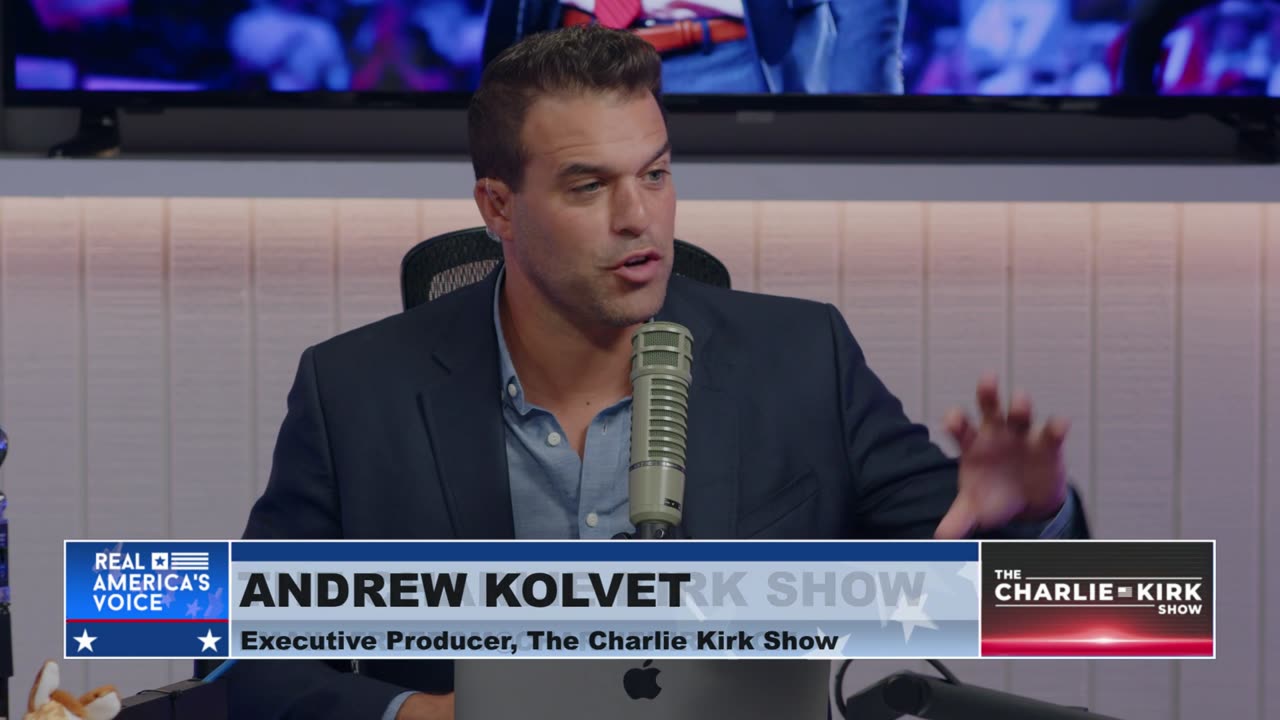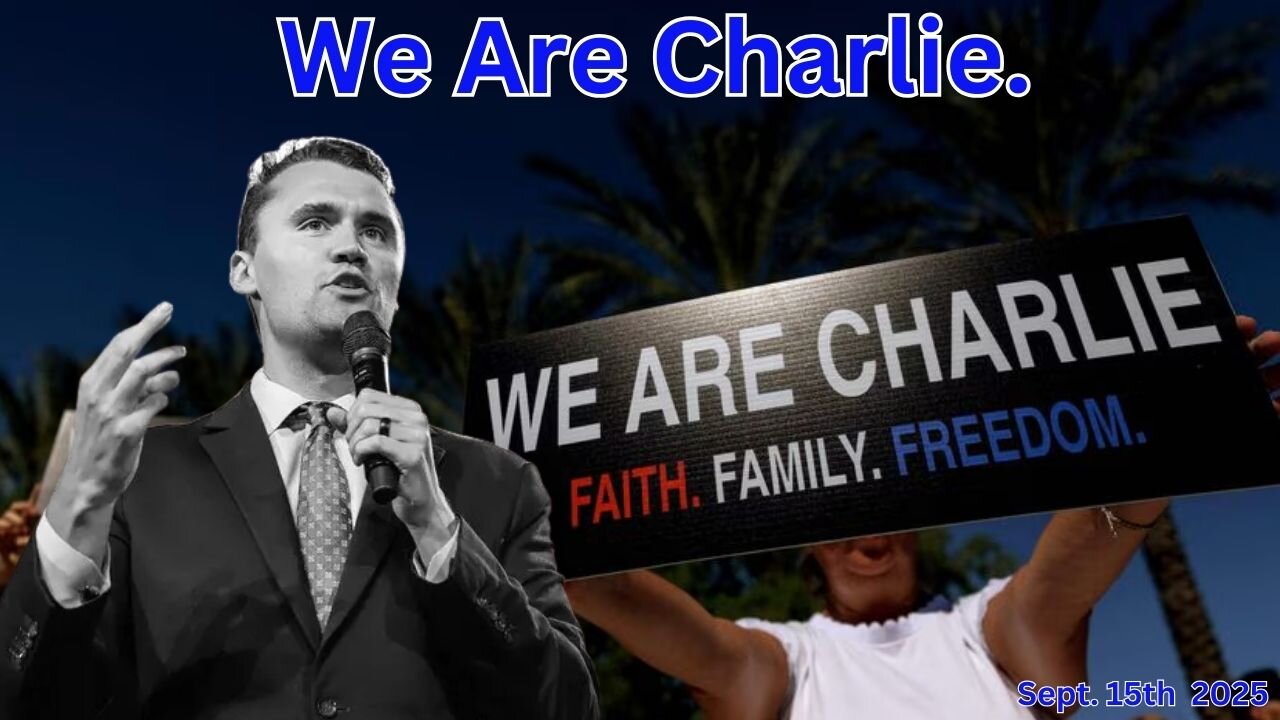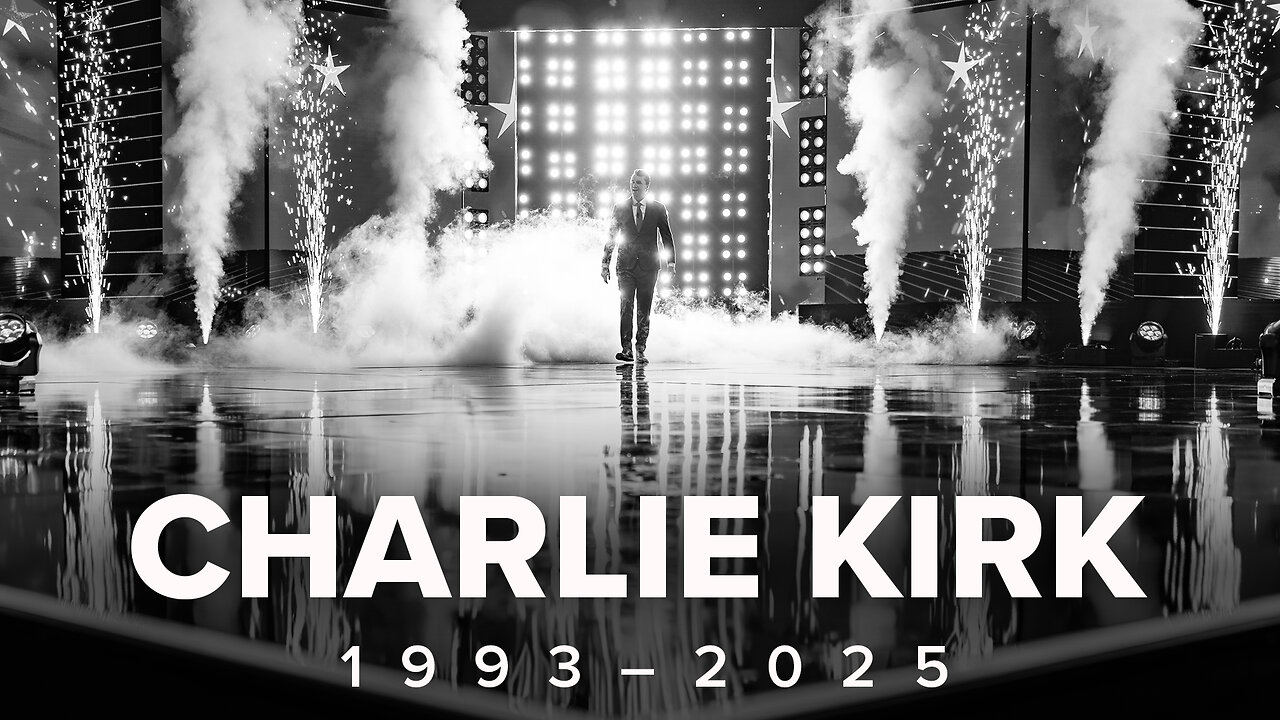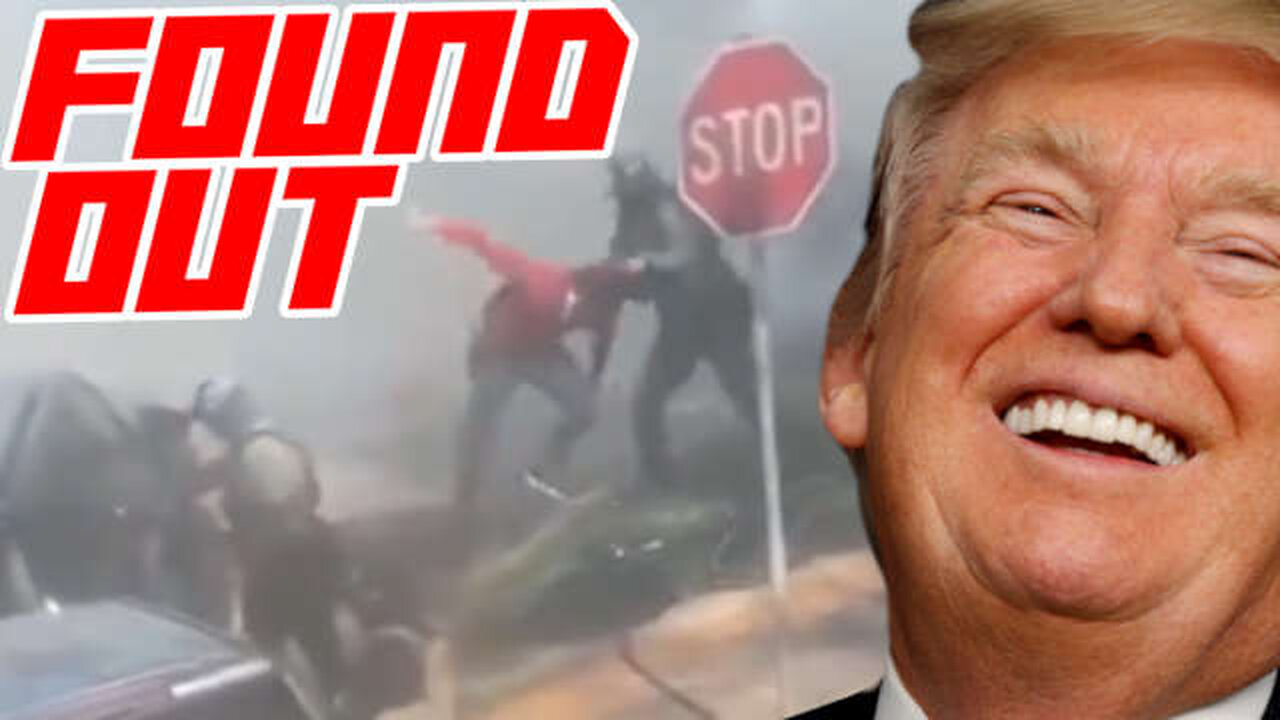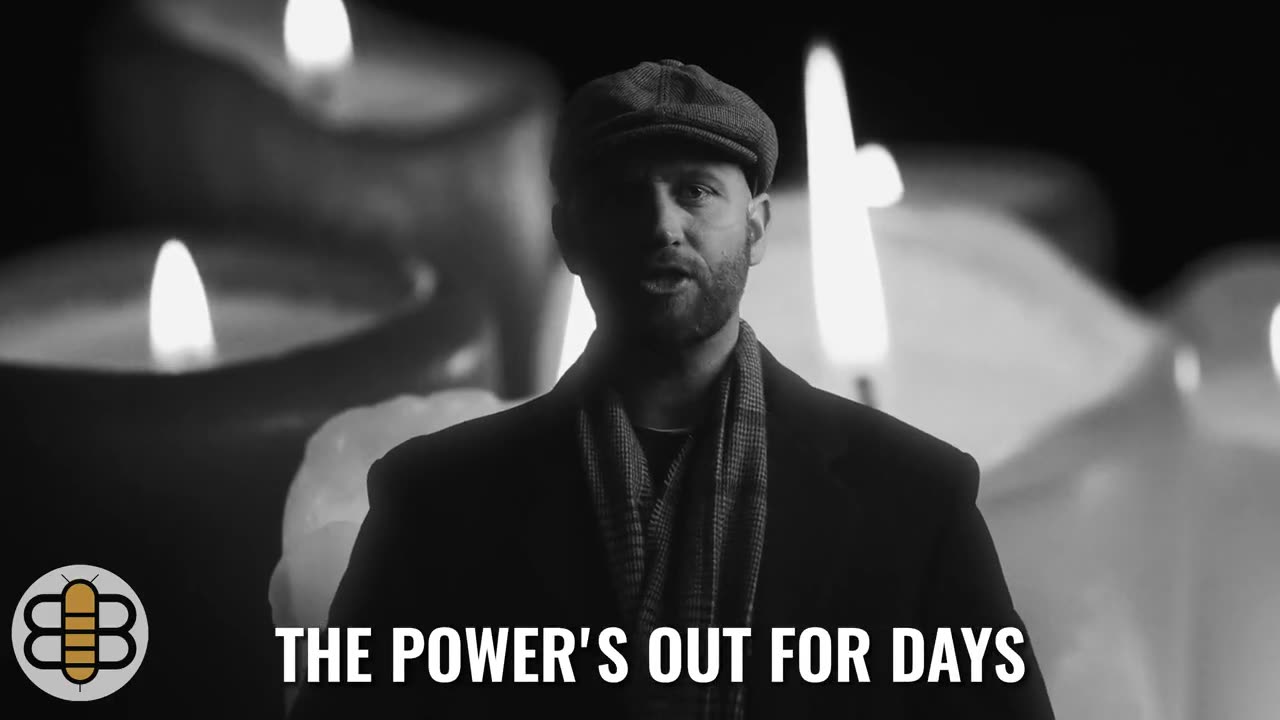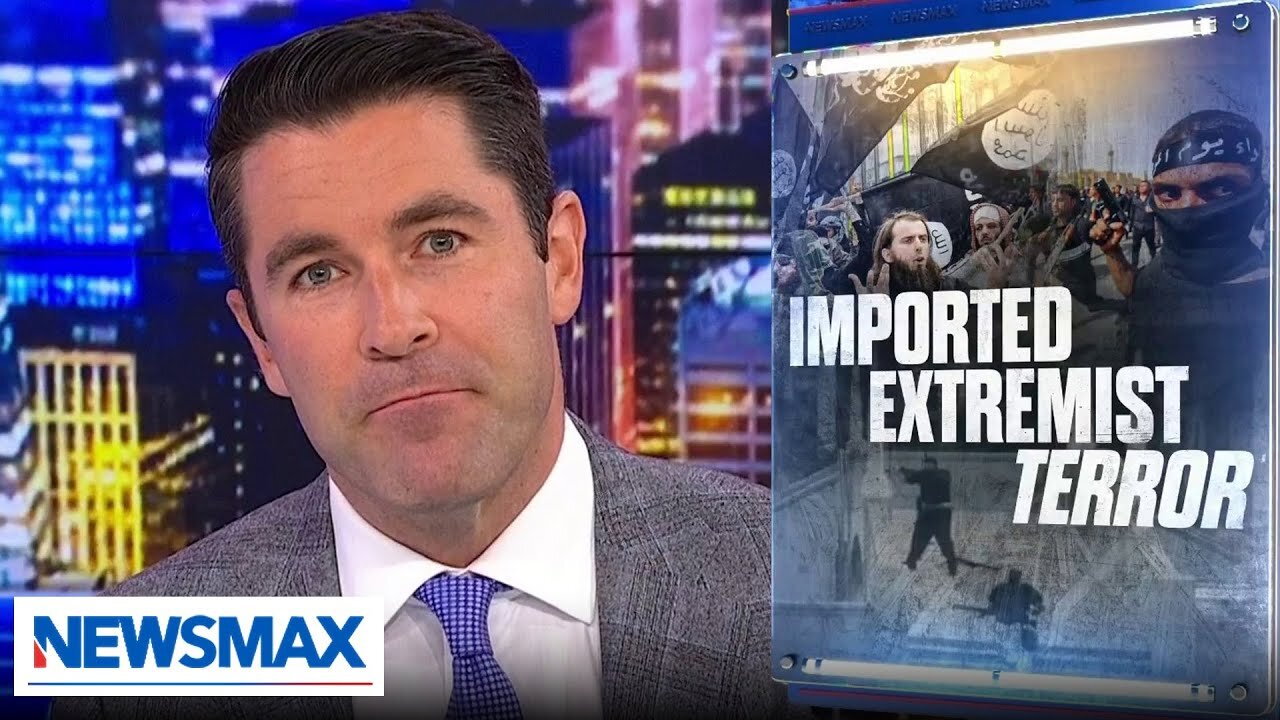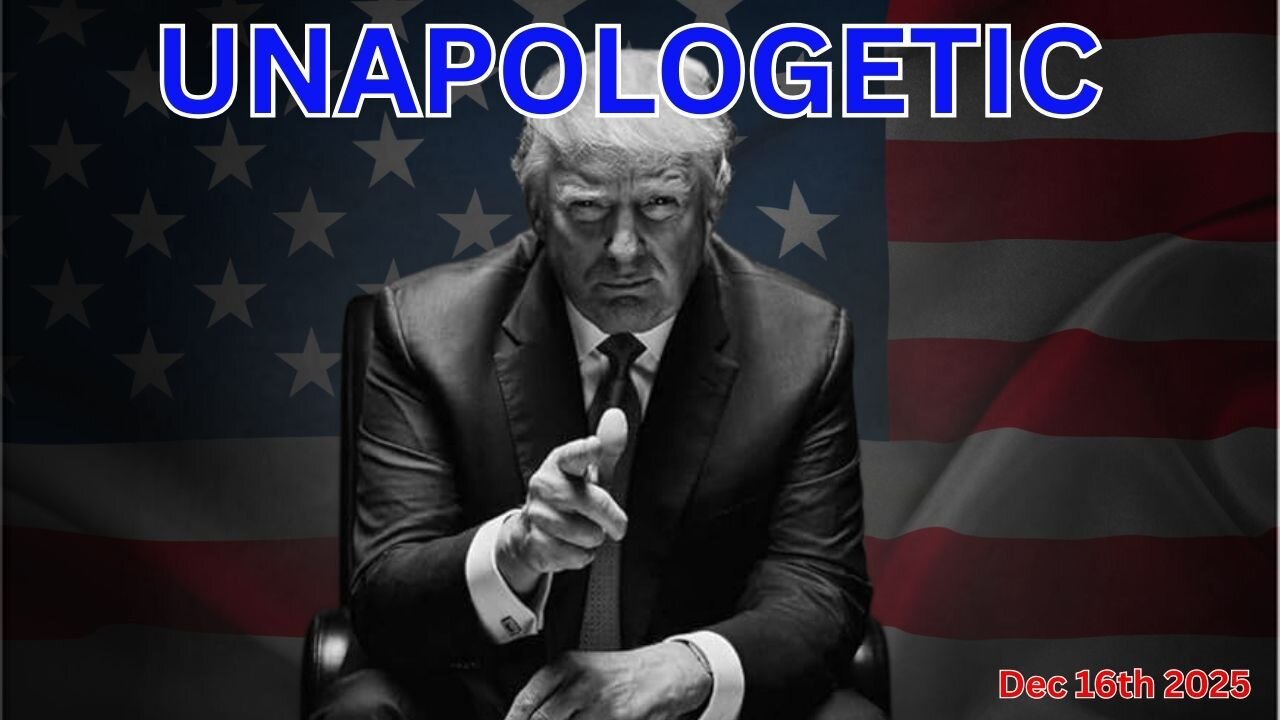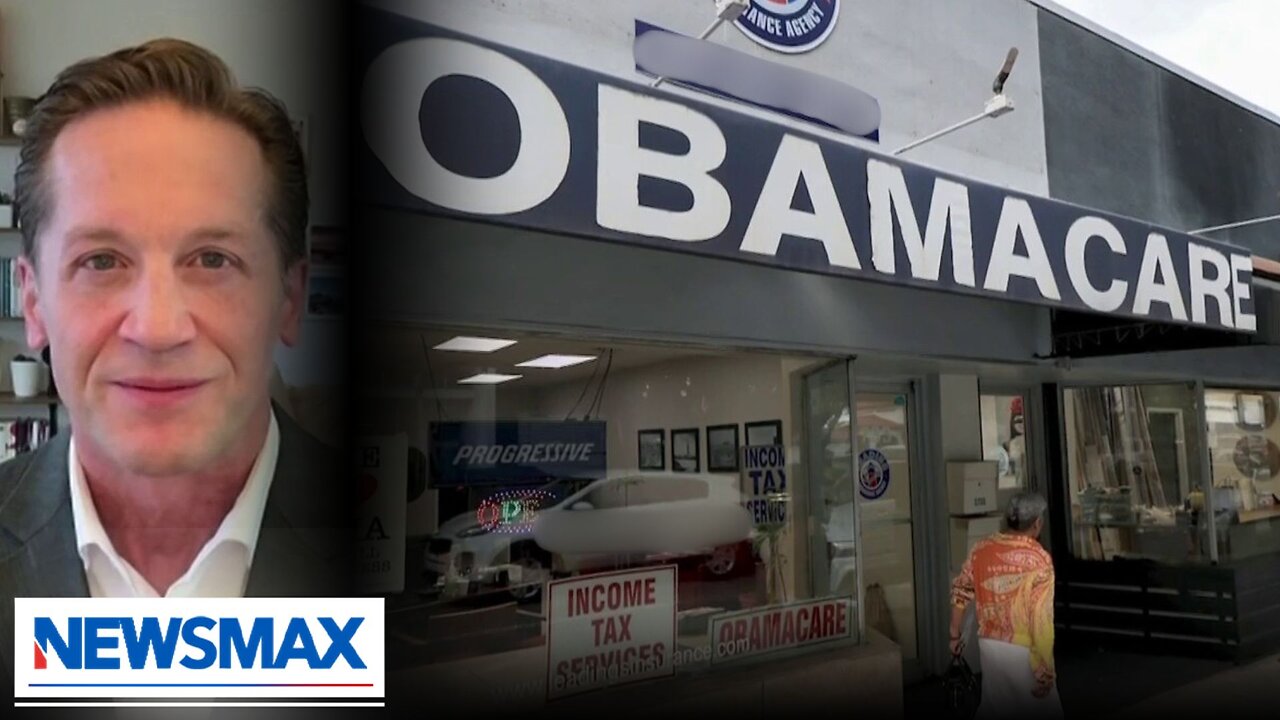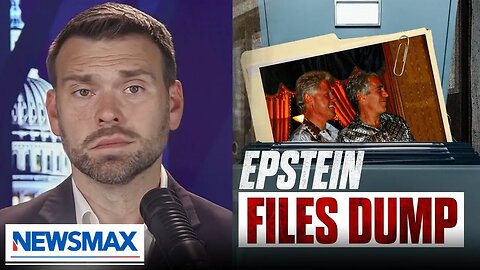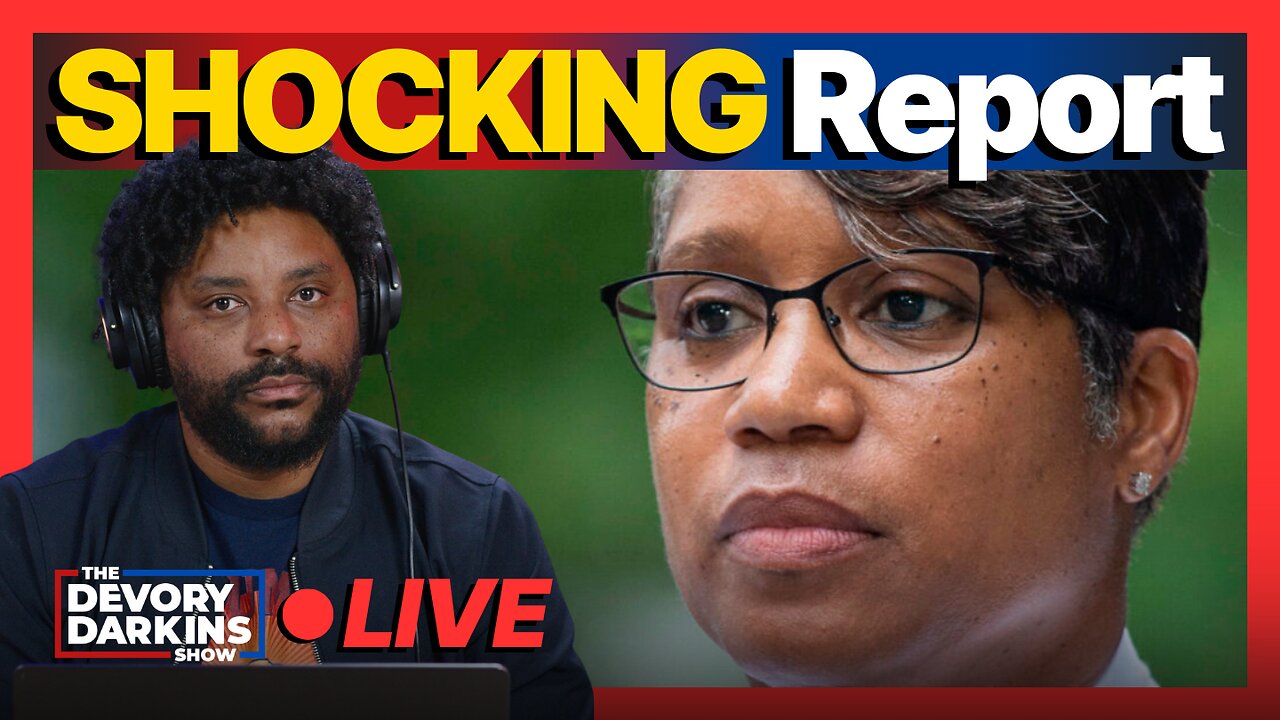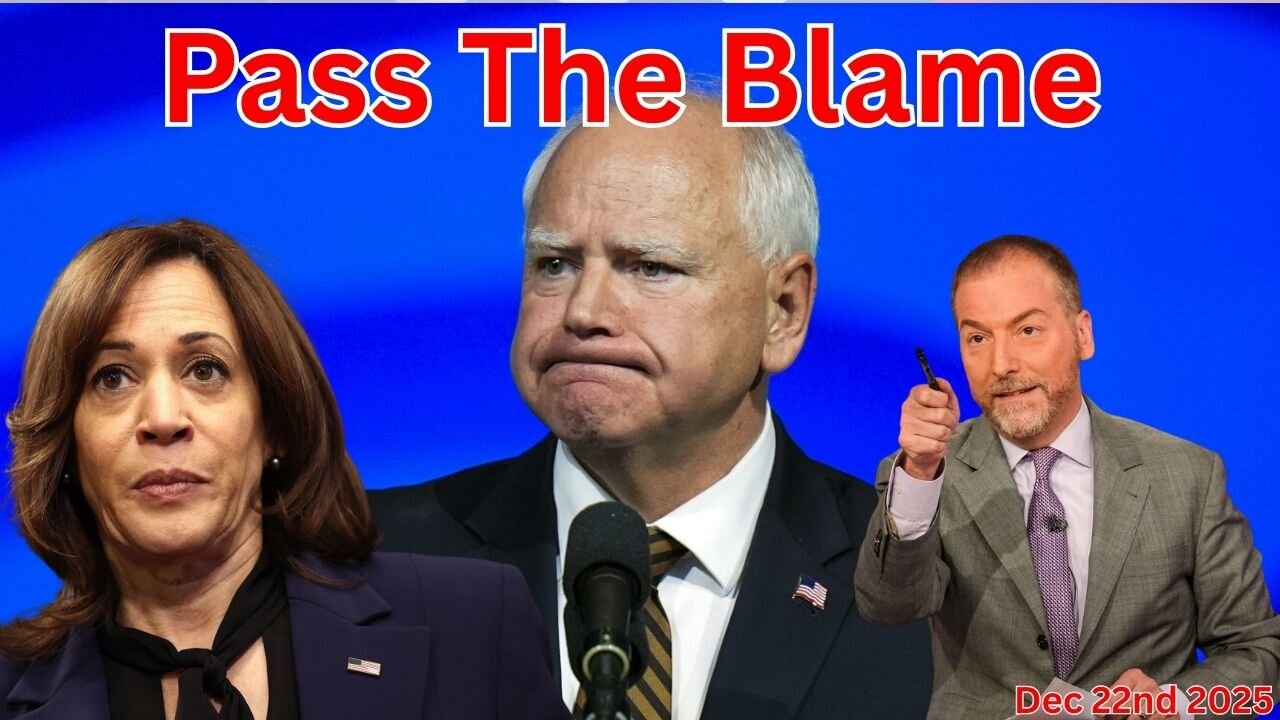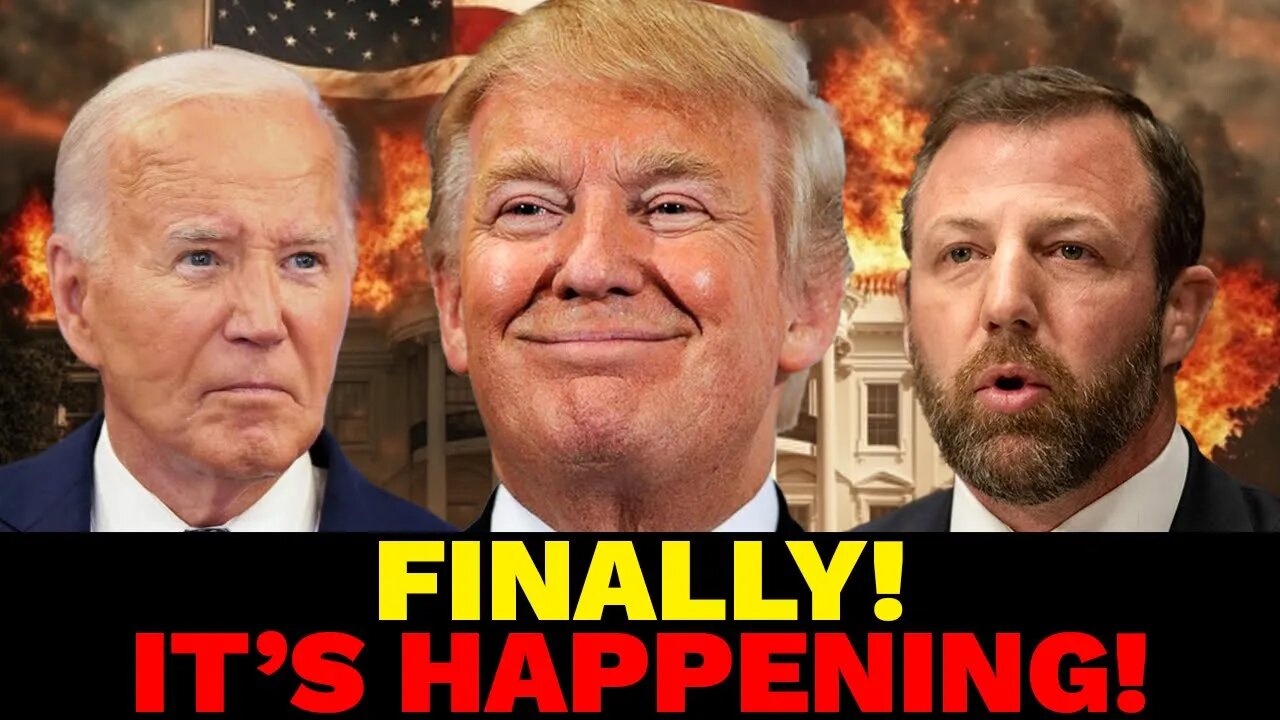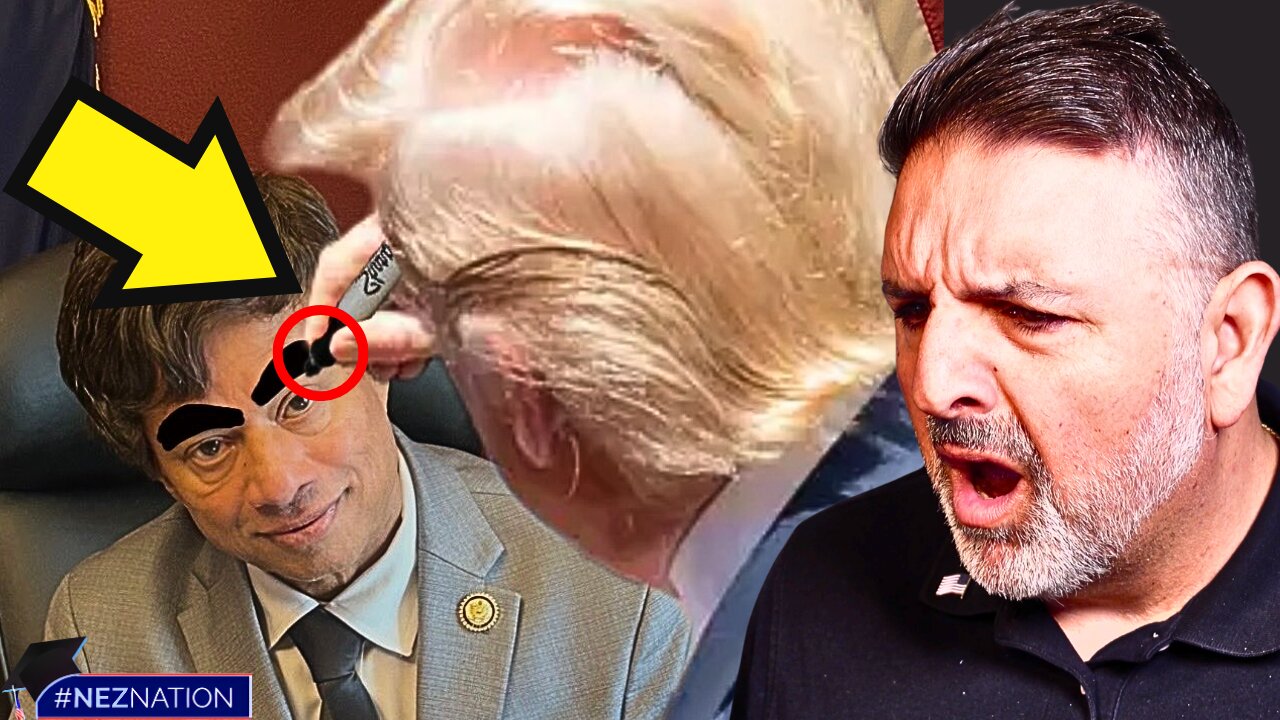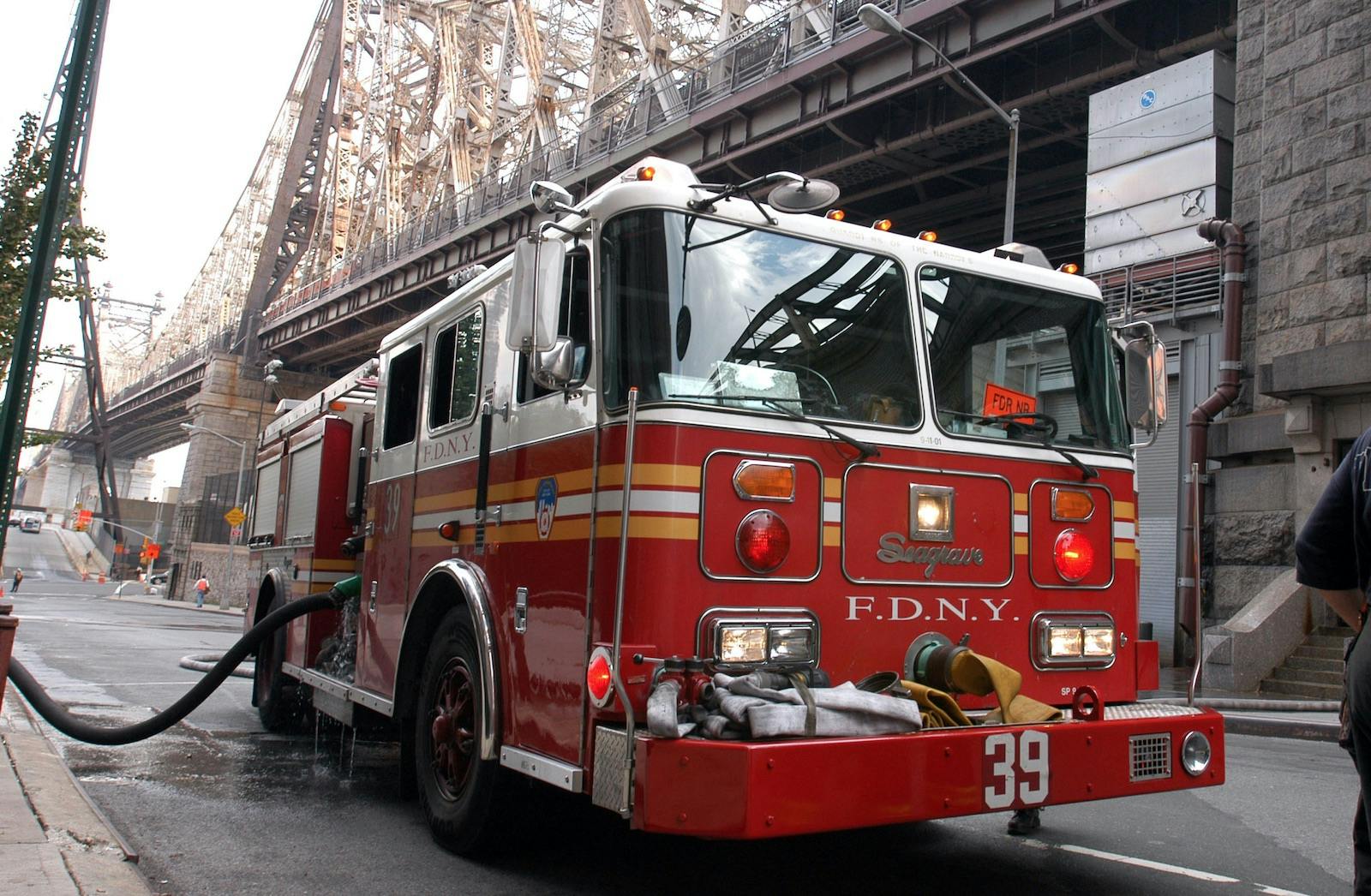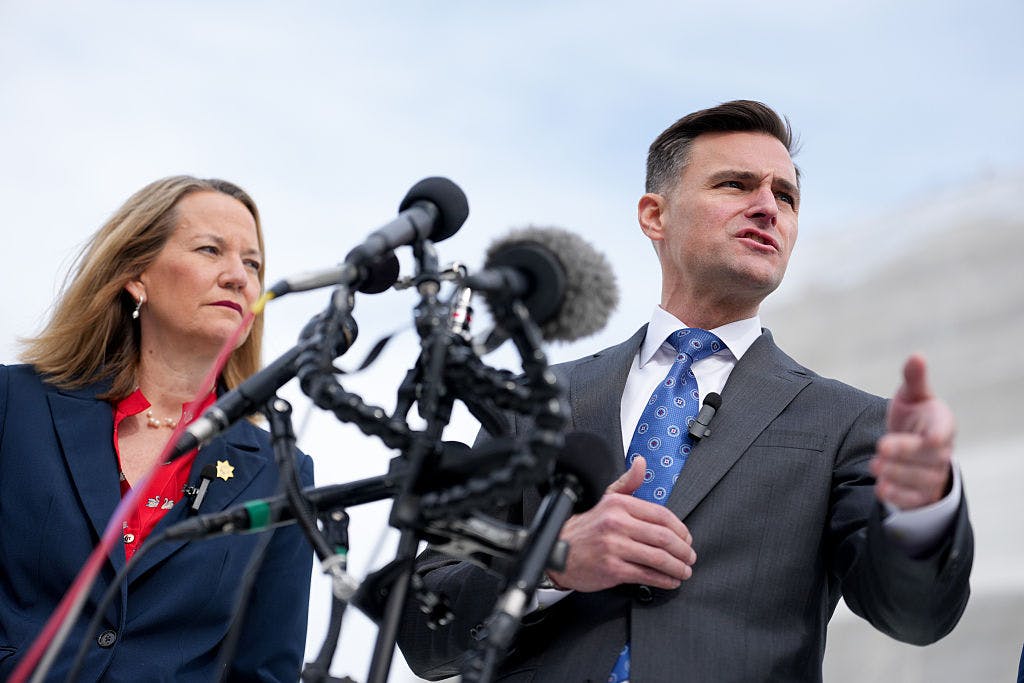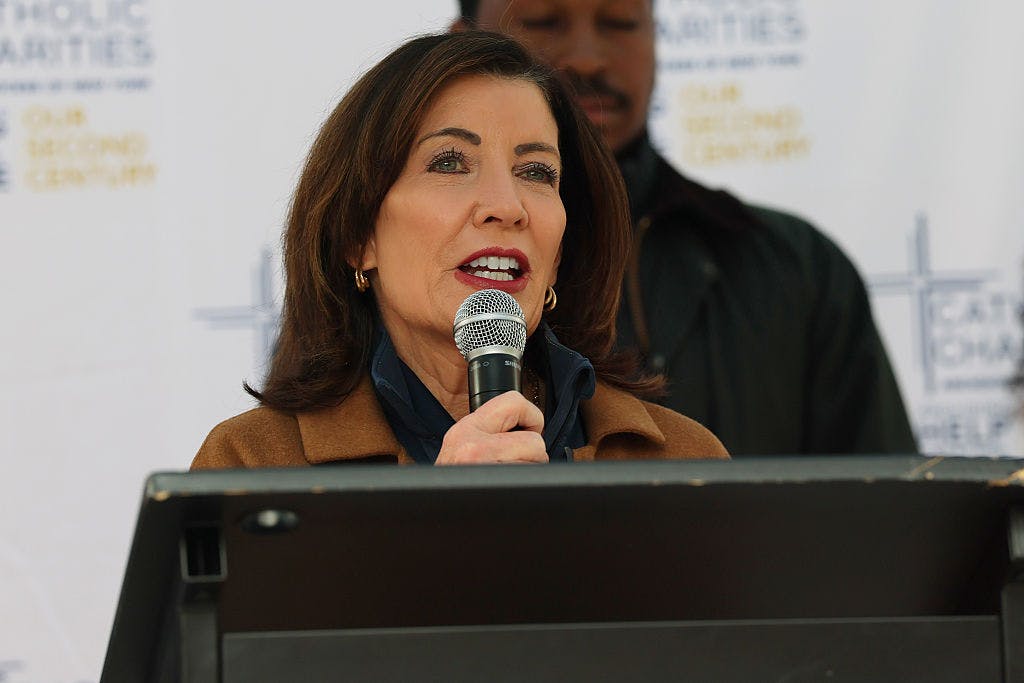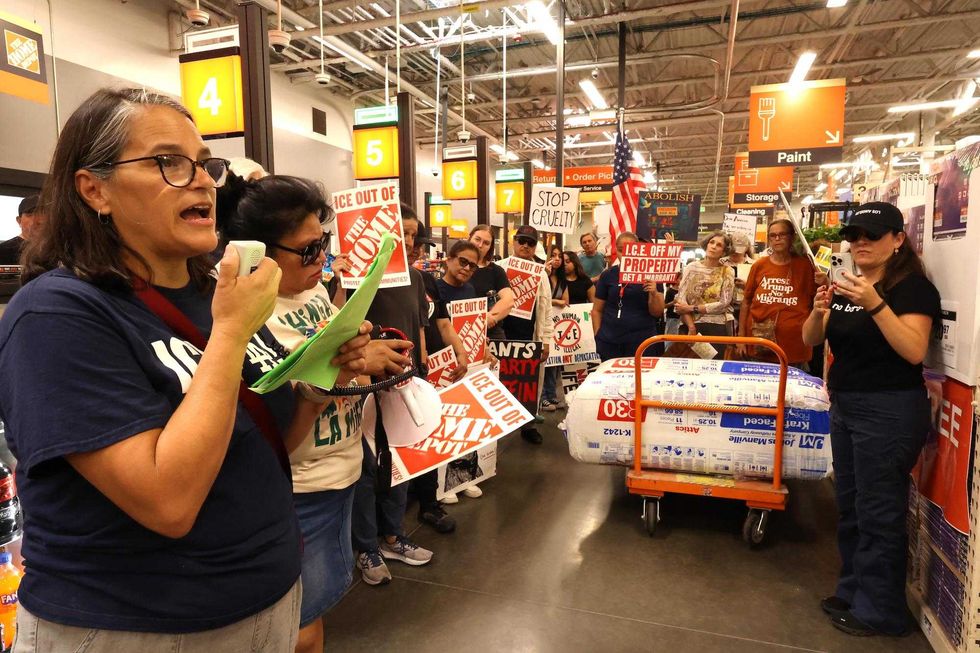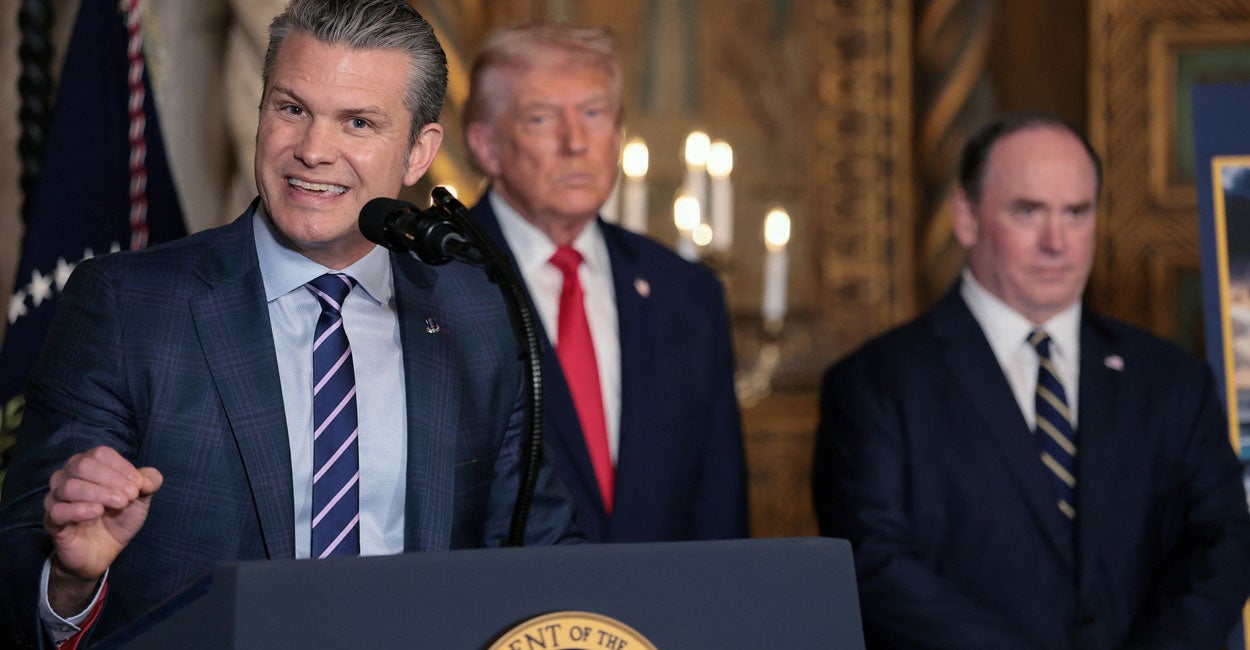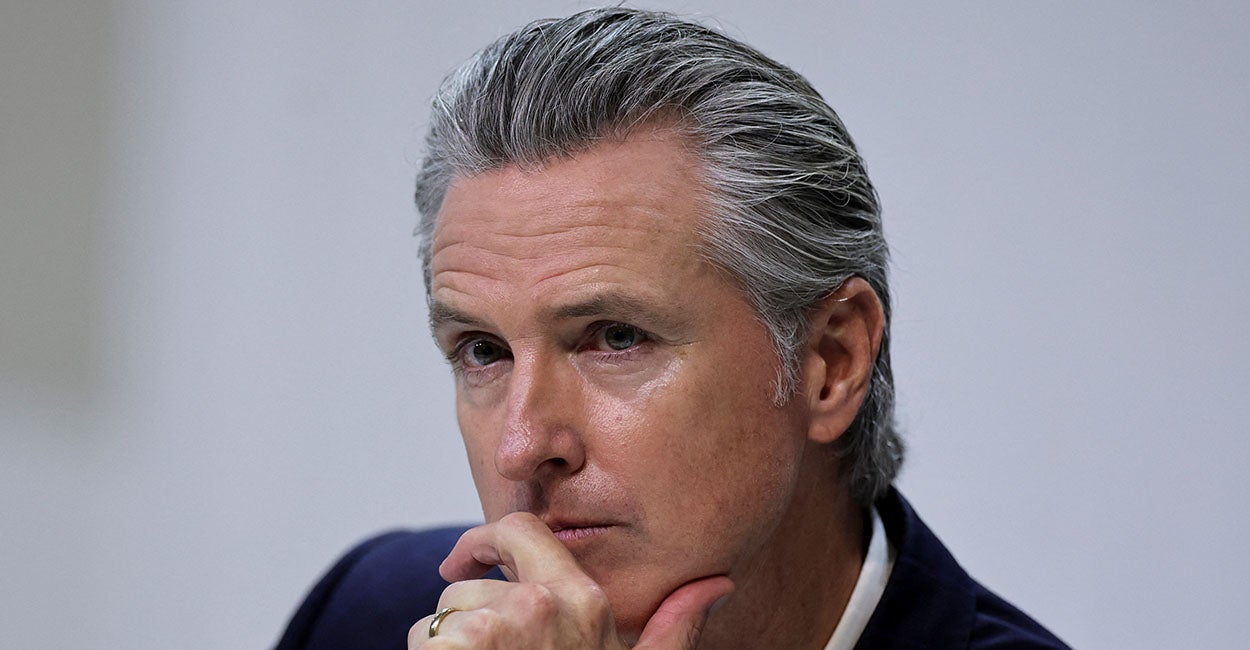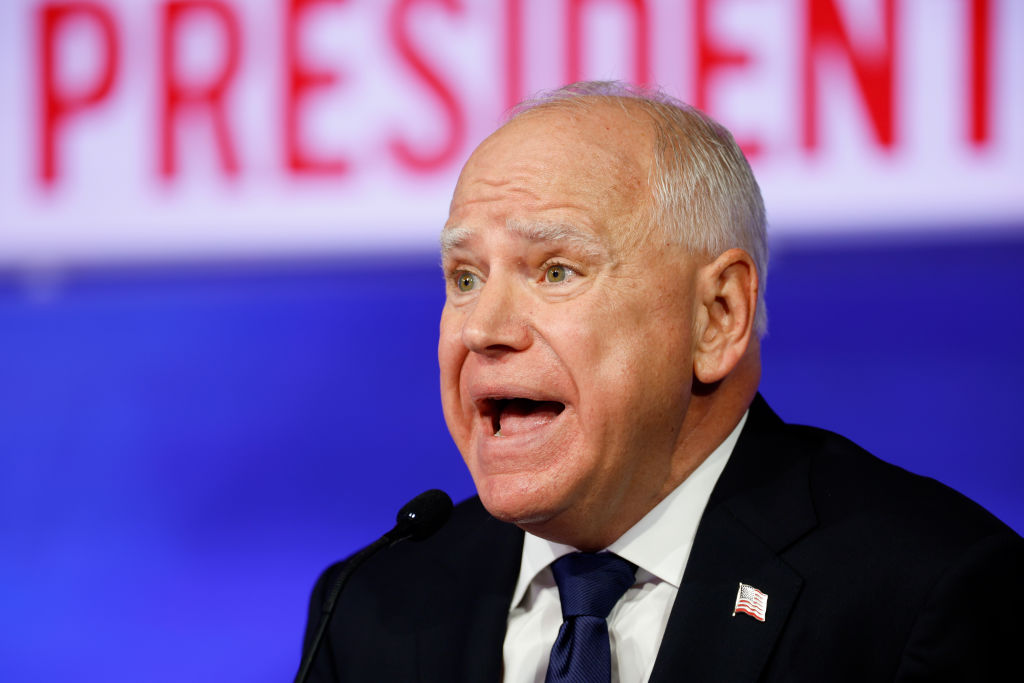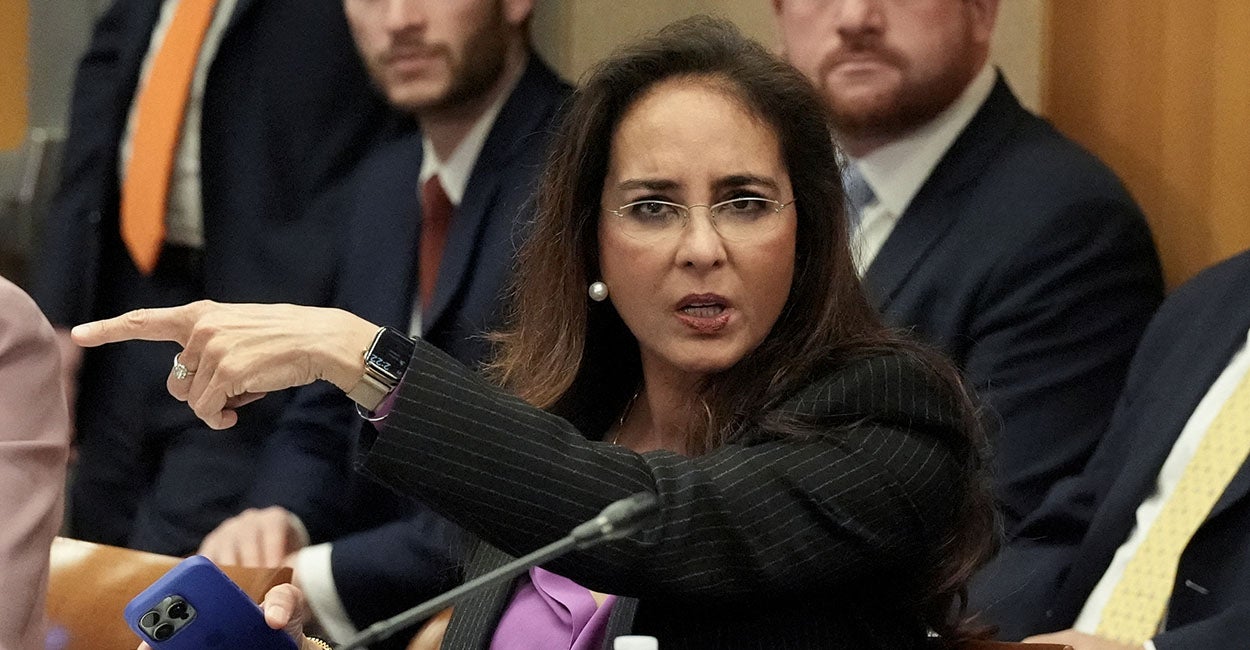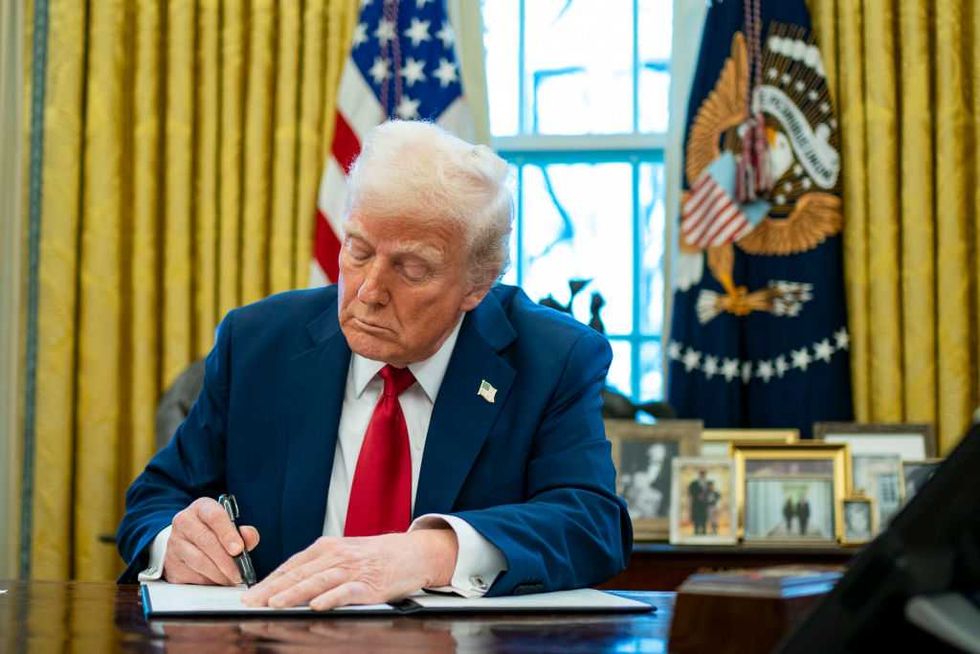Defusing the debt bomb: 'We're almost out of time,' warns watchdog

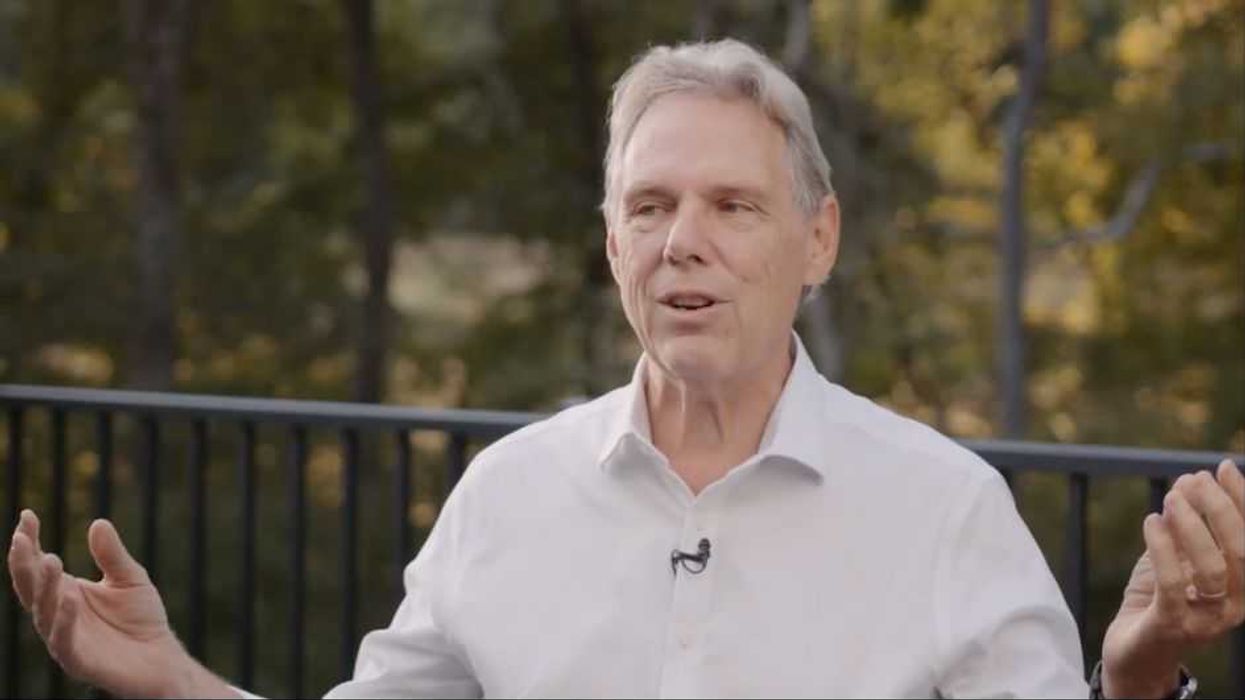
“The entire world's economy is on the top of a soup bubble. There has never in history been a failure of this kind of magnitude. All of the money in the world is gone. Where did it go? Who knows, but it's gone.”
Live Your Best Retirement
Fun • Funds • Fitness • Freedom
It’s been almost a decade and a half since conservative commentator Bill Whittle — railing against the Obama administration’s orgy of federal spending — offered this dire prognosis on national debt.
'A default is an economic breakdown. It's for real. We may never reclaim America’s position in the world.'
And those were the good old days — when America was a paltry $15 trillion in the red. By the time President Barack Obama left office in January 2017, the number had climbed to just shy of $20 trillion — $8.6 trillion more than when he took office in 2009.
Since then, we’ve experienced three administrations and the chaos of the COVID pandemic. The virus alone cost $4.7 trillion in total budgetary resources for the federal government.
As of October 21, the national debt now sits at an astounding $38 trillion, and all indications are that it will only continue to grow, with current projections suggesting it will hit $39 trillion by March 30.
A post-default world
Mark Minnella is the co-founder of the National Association of Christian Financial Consultants and the host of the faith-based radio show "Financial Issues." He tells Align that America may be getting closer to a “point of no return” and warns that the path to a debt default will be painful and destructive.
“If the treasury of the country fails to pay creditors and obligations, or if interest payment goes unpaid, what you see is that trust immediately goes away in the currency. Markets panic. Interest rates rise," says Minnella. And that's when the real trouble begins:
When the world stops trusting our currency, the dollar loses its position in global trade as the global reserve. Then other nations will step into that vacuum, like the Chinese and Russians. That will erode American influence and leadership. Internally, we would see inflation as the dollar loses its trust. We’ll see the government having to print money to stay ahead. We’ll see a surge in the cost of mortgages and business loans, a decline in spending, housing, and companies failing. We’ll have serious economic pain. It’ll self-correct over time, but we’d lose our position as world leaders.
As is often the case, those clinging to the bottom rung of the economic ladder will get hit hardest, warns Minnella. “Especially for those people who are the weakest and most vulnerable, our most impoverished people will be hurt the worst. It hurts them more than anybody else because they don’t have a little more to spend.”
More than political theater
The recently ended government shutdown has given many Americans a painful preview of what happens when the money spigot turns off. Hundreds of thousands of employees have gone unpaid, government services have been limited, and SNAP benefits have been threatened. Even for those not directly affected, financial insecurity looms and the future looks uncertain.
But to Minnella, a debt default would make the last 40-something days look like a vacation.
“I don’t think [default] looks like a government shutdown. That looks like inconvenience and political theater," he tells Align.
"A default is an economic breakdown. It's for real. We may never reclaim America’s position in the world. The shutdown wasn’t really a danger. The danger is a Congress that refuses to stop spending.”
Minnella is far from alone in his fears. Just last week, noted economist Kent Smetters predicted that the U.S. could hit a breaking point with interest payments as soon as 2045 and offered this grim observation: “Almost every empire has been taken down by debt." Even JPMorgan CEO Jamie Dimon has raised alarms, warning in September, “Like most problems, it's better to deal with it than let it happen.”
Bipartisan boondoggle
While President Trump has made some noise in addressing the debt through DOGE cuts and tariff dividends, it hasn’t curbed federal spending enough to make a difference. He did declare on Monday that tariff income would be used to “SUBSTANTIALLY PAY DOWN NATIONAL DEBT,” but this year’s tariff revenue is just $195 billion, and the majority of that money is set to go to $2,000 taxpayer dividends. Trump’s One Big Beautiful Bill Act also cost $3.4 trillion in spending.
According to Minnella, the skyrocketing national debt is a shared disgrace for both major political parties, neither of whom have the will to explain federal belt-tightening to their constituents.
“It’s not Republican or Democrat,” he says. “It's Washington in general. And as much as it's a problem, it's also part of the solution."
RELATED: The right needs bigger ideas than tax cuts
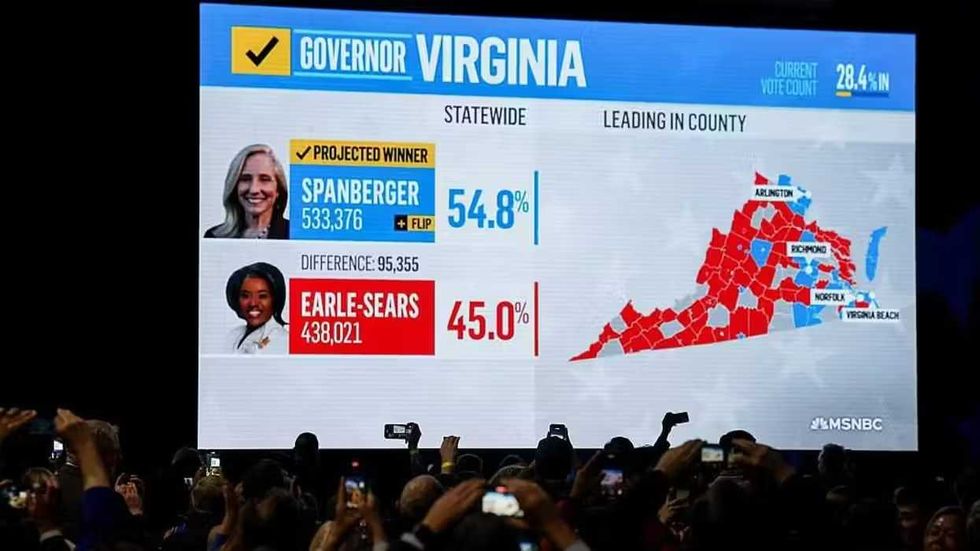 Al Drago/Bloomberg via Getty Images
Al Drago/Bloomberg via Getty Images
Spines wanted
Unfortunately, those in power — whether the MAGA right or the socialist left — seem unlikely to rise to the occasion.
"We don’t have adults in Congress anymore who care about our nation," says Minnella. "We have politicians who care about their careers. They don’t want to cut any spending that might cause somebody to vote against them. They want to encourage as much spending as possible."
Which means fiscal responsibility is ultimately up to voters.
"We need to start electing people with a spine who aren’t there for themselves. We need to vote them out and hold them accountable," says Minnella.
“We need to speak the truth ... that we’re almost out of time," he continues. "American citizens need to take back their power and force out people who will not listen.”
Originally Published at Daily Wire, Daily Signal, or The Blaze
What's Your Reaction?
 Like
0
Like
0
 Dislike
0
Dislike
0
 Love
0
Love
0
 Funny
0
Funny
0
 Angry
0
Angry
0
 Sad
0
Sad
0
 Wow
0
Wow
0
